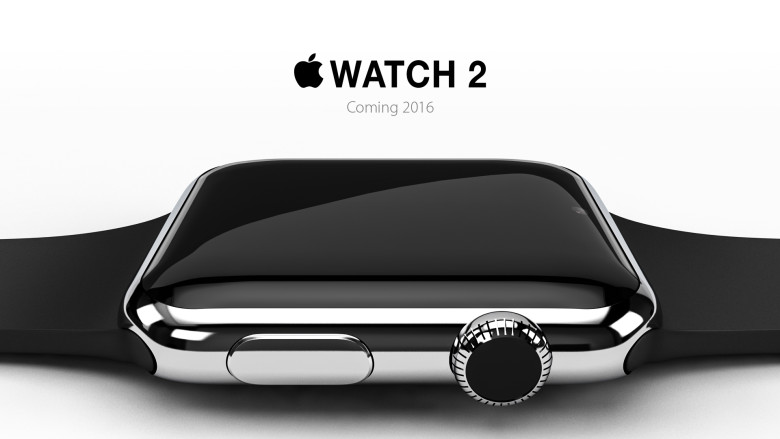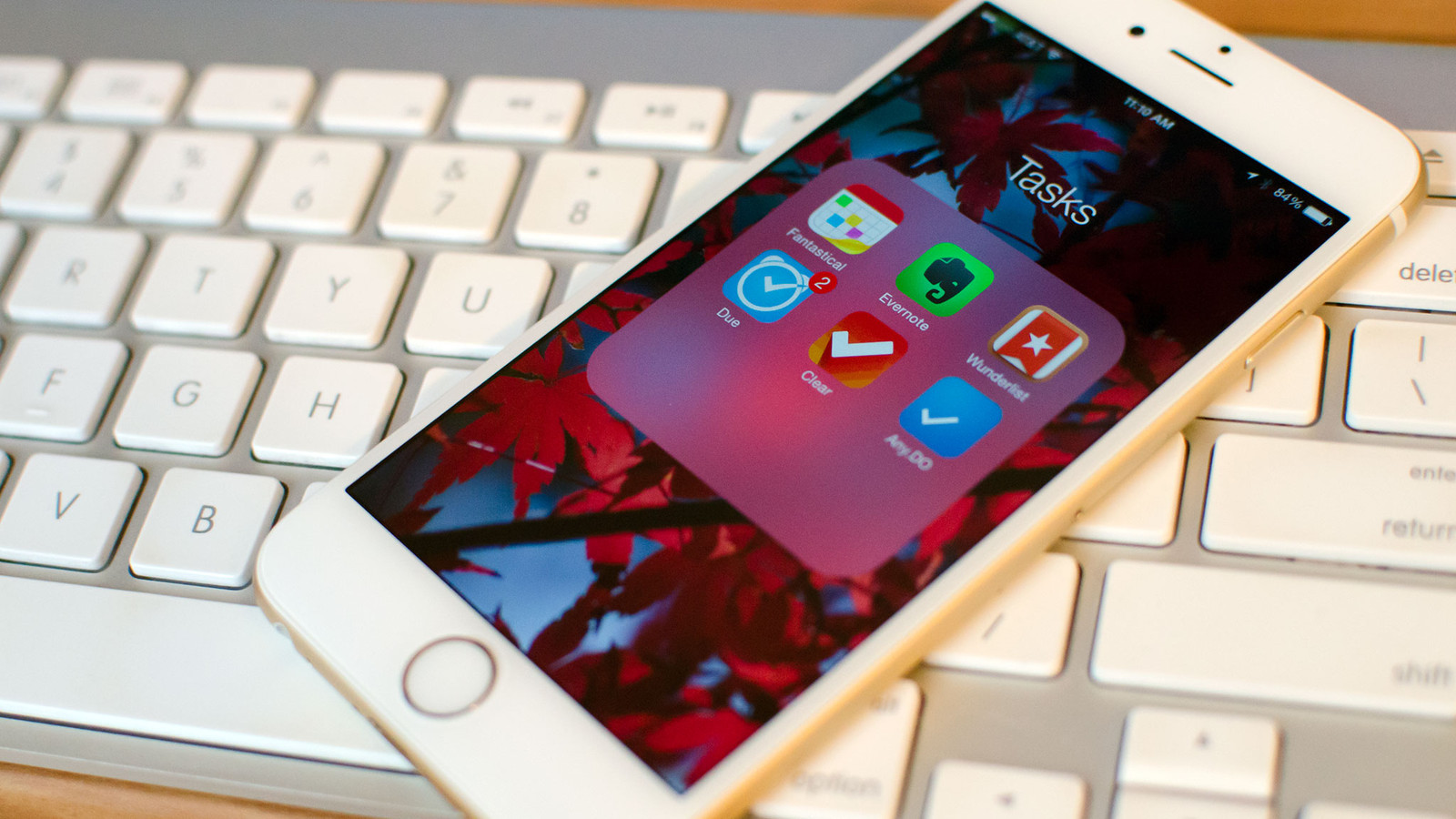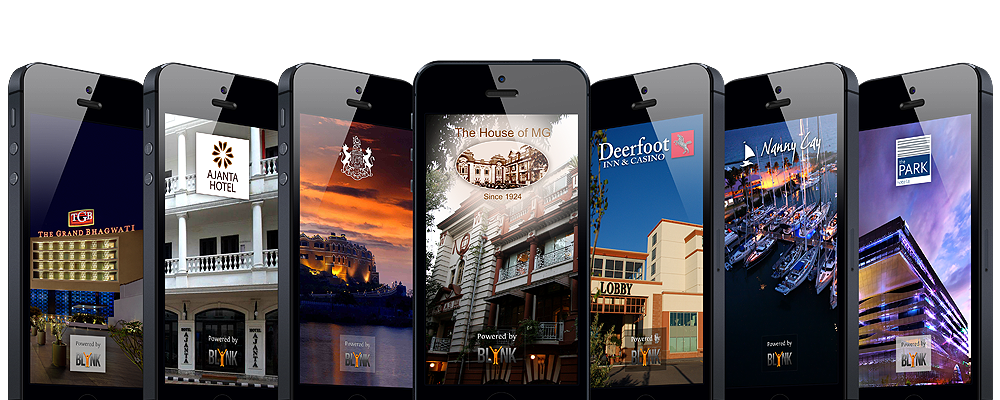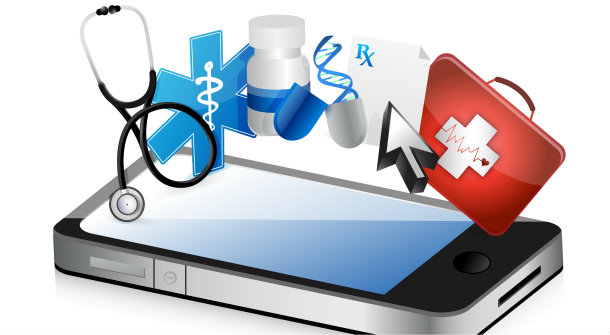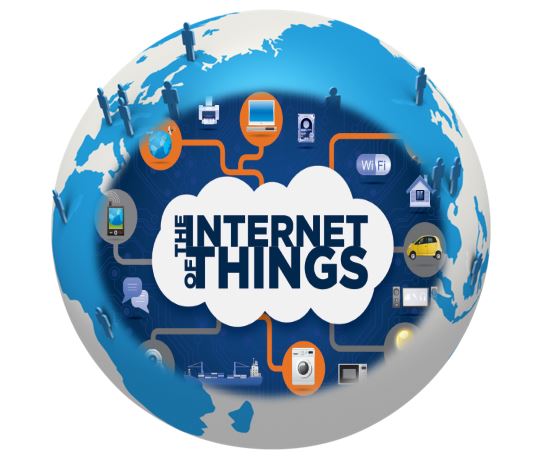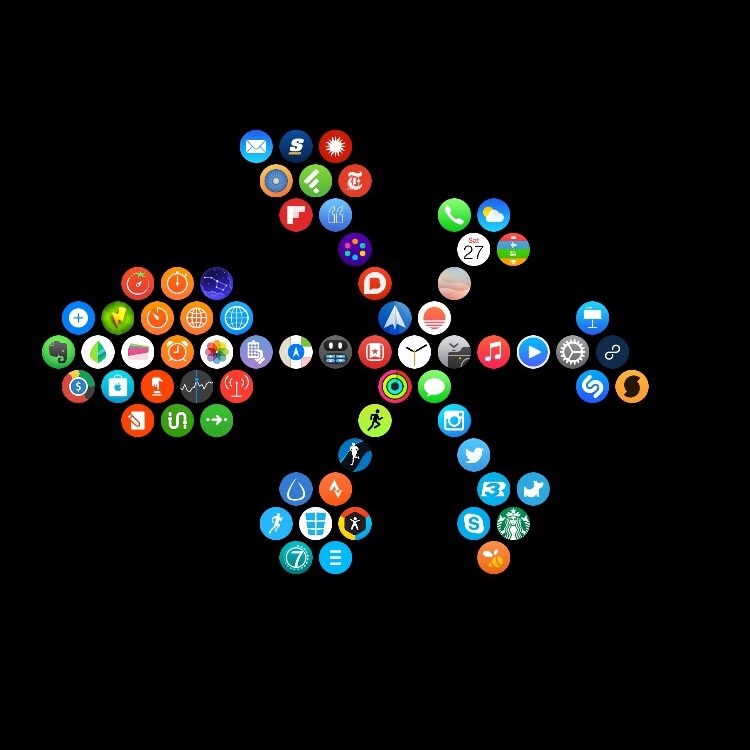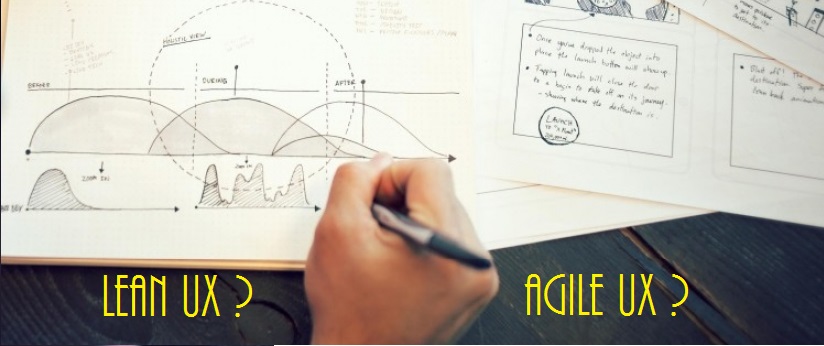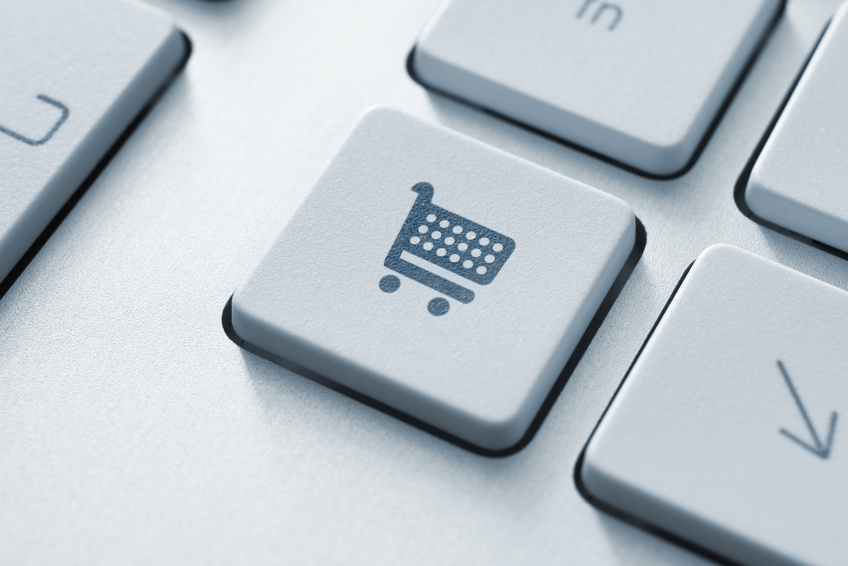First look into the Apple Watch 2
Apple has always been in the news for its innovative gadgets and path breaking technologies. Amongst a number of rumors surrounding the release of the second generation Apple watch 2, we are already excited about the launch. While the need to clear off any false notions with regards the watch has become quintessential, we have tried to be thorough about its release date, design, and functionalities.
Coming up – A fascinating new version
Apple watch 2 is soon to be unveiled personally by Tim Cook himself. This watch has been a hot topic of discussion among tech lovers much before it is due to enter the market. We are definitely expecting some exciting turnabouts but most of the rumors on the internet are just expectations. The watch is definitely promises to have integrated advanced technologies processors which are much better than Apple watch 1.
The rumors surrounding the latest iteration of Apple watch
There are many rumors, but the truth can only be settled after the exact release of the watch. We have sources citing that the Apple watch 2 will have a strong battery which will last for weeks. Rumors surrounding the watch release also suggest that the watch can be expected sometime in March 2016. However, some other sources even suggest that the release date can be postponed till the spring or the end of 2016 and the event in March will focus just around the iPhone 6c. However, there is no definite confirmation on the release date till now.
The interesting features and specifications hoped for in the new watch
By June 2015, an estimated 7 million Apple Watches were sold across the globe. Surveys suggest that the existing Apple users already wish the second iteration to reach in tandem with advanced features of other company’s Smart watches like pebble, having high battery life. We hope this to be fulfilled by the Apple Watch 2.
Apart from that, newer stainless steel Milanese loop straps, face time camera for video calling, and wireless chipset which would allow less dependence on iPhone, are among the many hopes resting on the new watch. Some rumors even suggest a completely new avatar of the Apple Watch 2. Also, newer color palettes could be on this list.
Things that have been confirmed till now are waterproofing, adding GPS system and some other utility features. While native health apps have never been enough, the Apple Watch 2 will have added inbuilt features/ apps which can act as an overall fitness meter, even under water.
To meet the higher expectations, Apple Inc. seems to be working in the direction of making a durable watch with high battery life. Only time will say how closely the real features will match the rumors. But we can surely expect the best of the technologies to come together!
If you too have been waiting for the release of the Apple Watch 2, this would be the space to watch out for. We will try to dig up anything that comes along the way!


